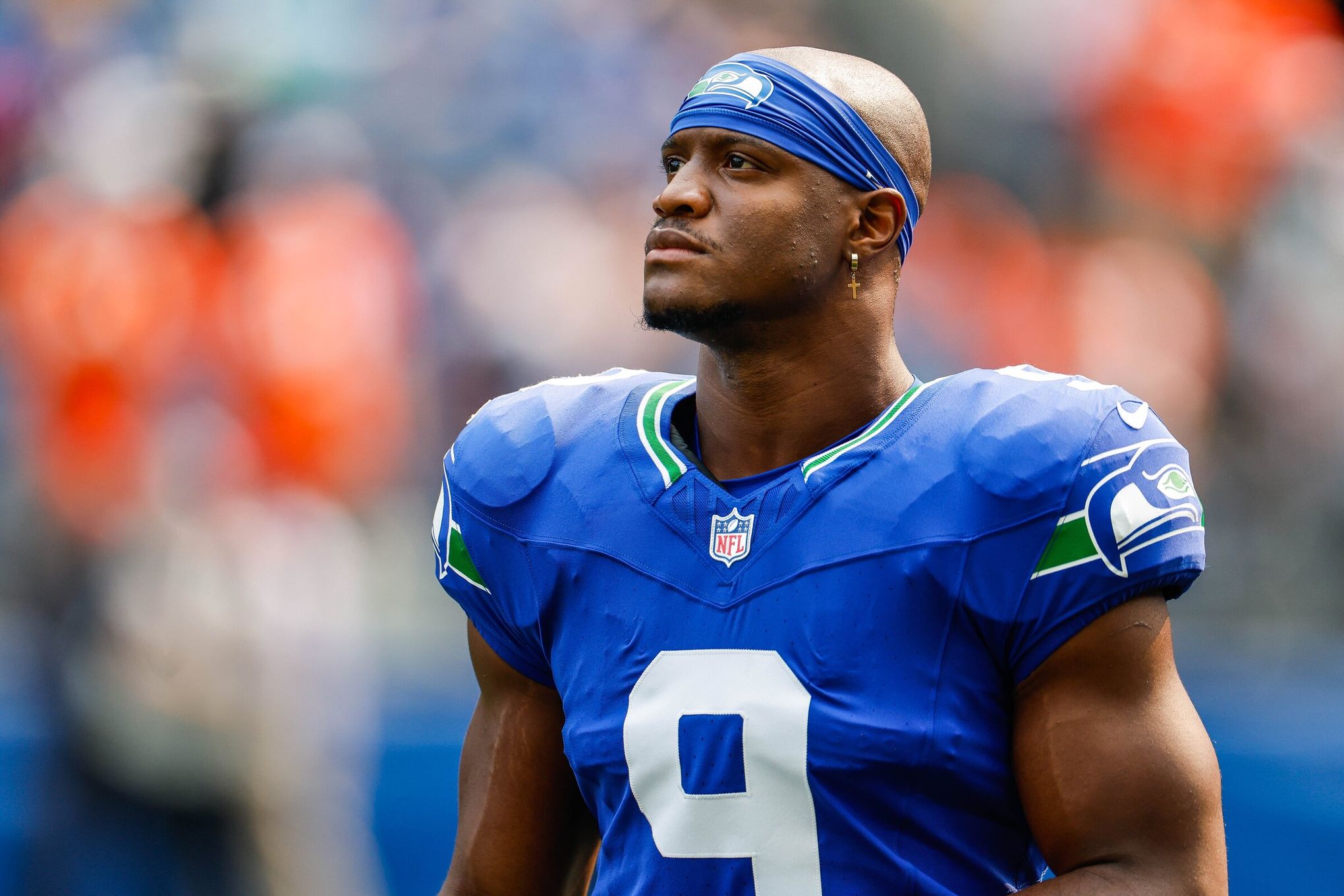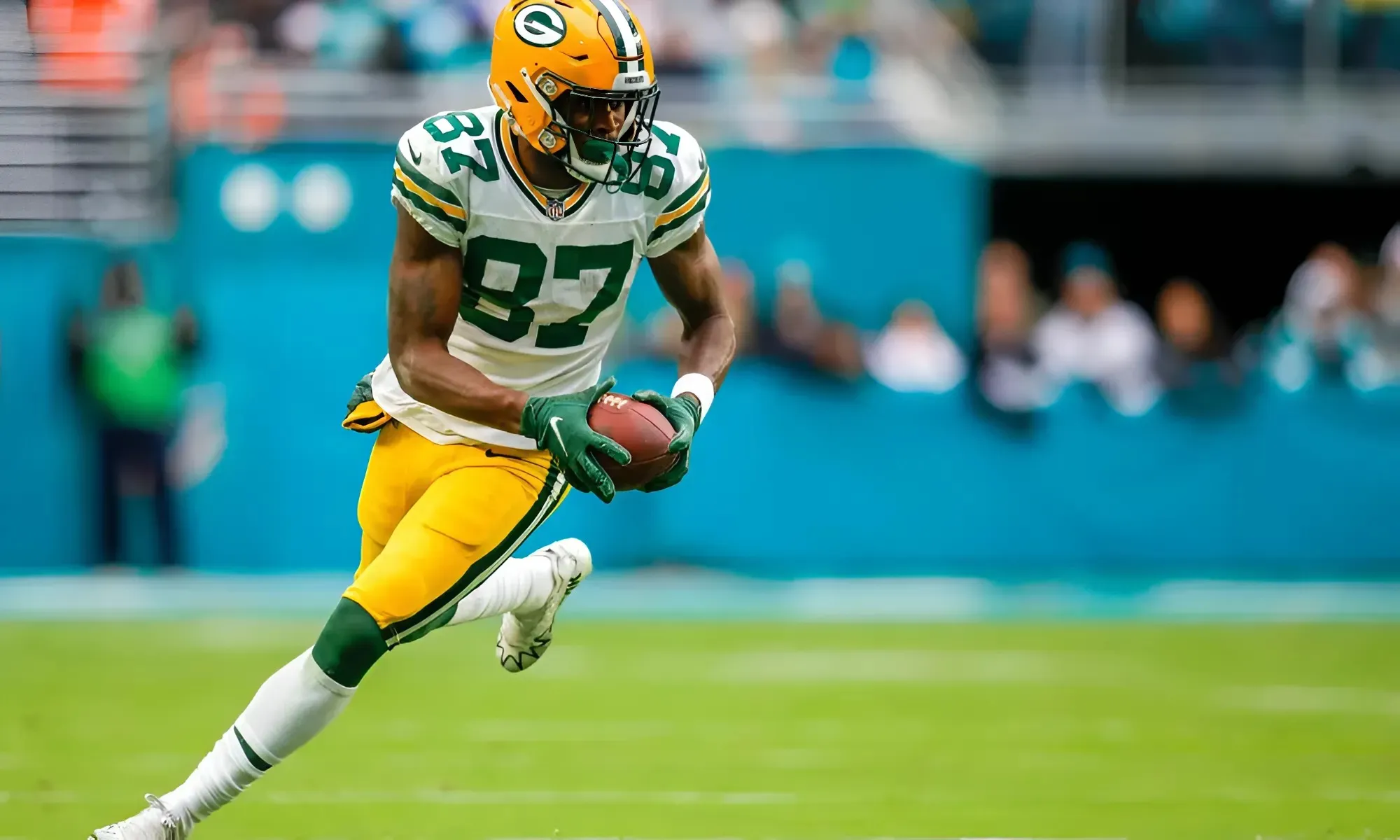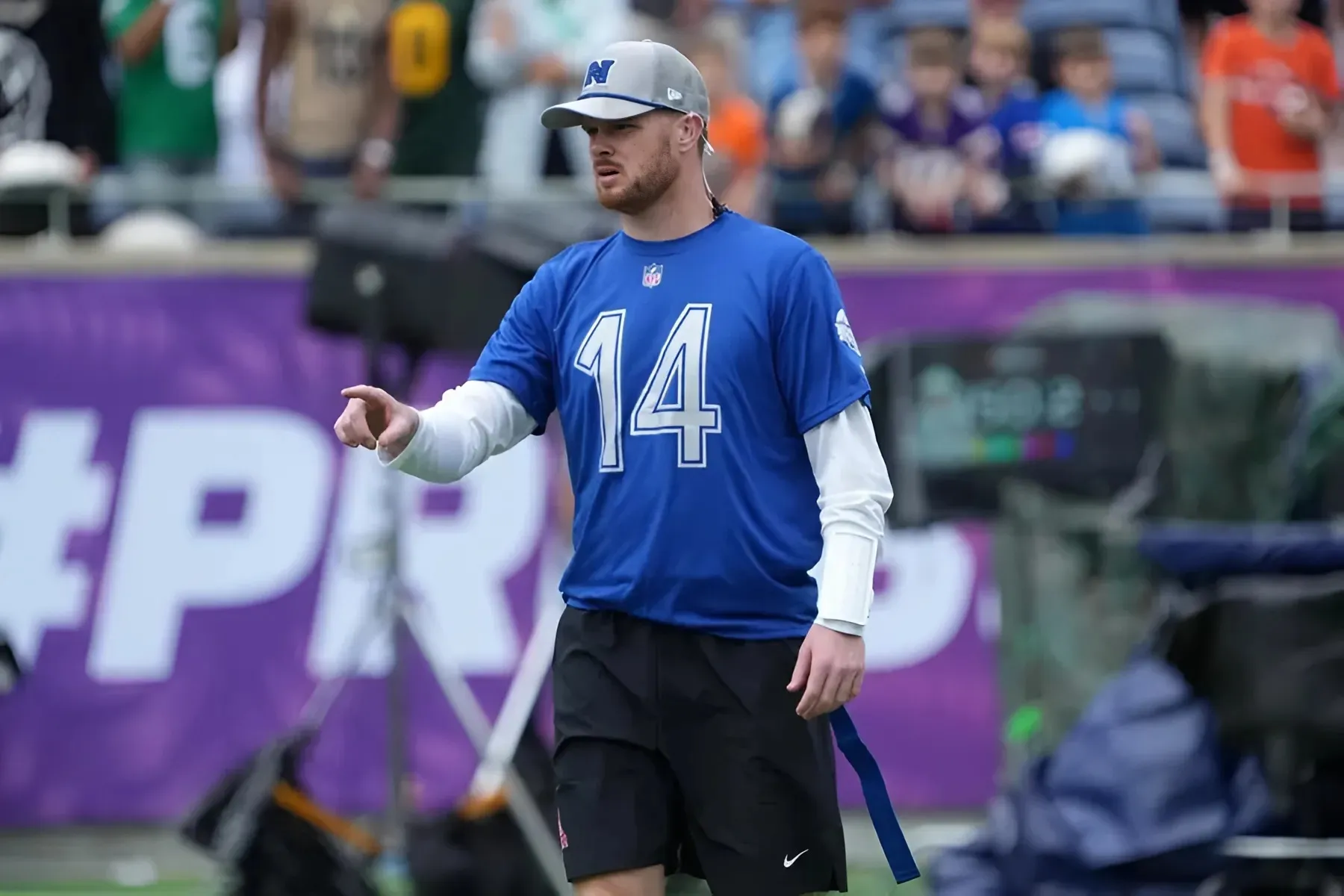
The Seattle Seahawks have changed a lot on offense in the past several months, and if all goes according to plan, Ken Walker III stands to be the biggest beneficiary.
Walker is Seattle’s most explosive offensive player. He’s capable of scoring from anywhere on the field. The fourth-year running back has four plays of at least 50 yards since joining the team as a second-round pick in 2022. Not many other guys on the team have proven to be that dangerous. Zach Charbonnet had a 51-yard touchdown run last year, and Jaxon Smith-Njigba had a couple of 46-yard receptions, but they can’t necessarily turn on the jets the same way Walker can.
Walker’s explosiveness pops off the screen when he’s making jump cuts and accelerating to the second level of the defense. His speed is next level: He has maxed out at over 20 mph on 11 plays in his career, which is far more than any current Seahawk — the next closest is Marquez Valdes-Scantling with two — and top 10 among skill players since 2022 (all stats provided by TruMedia unless stated otherwise). Walker has a different gear than most guys in the league.
Seahawks players and coaches have been saying for months that the run game will be their bread and butter. New offensive coordinator Klint Kubiak’s predecessors said the same thing. Walker, who’s on his third coordinator in four years, said he believes Kubiak is more of a man of his word because of how often the Seahawks have been practicing run plays compared to previous seasons.
“I feel like it’s going to be a physical offense, and we know what we want our identity to be,” Walker said. “I like the aspect of running the ball, but also getting out of the backfield and catching the ball. It’s great.”
If Kubiak’s unit can walk the walk to back up the talk from this summer, Walker should have a big year in this scheme, which is built around a perimeter attack but also has changeups to keep the defense honest. Walker’s ability to make quick decisions, explode upfield and punish defensive backs who take poor angles should be on full display in this system.
“We’ve got all types of schemes that we can do, but I feel like I’m just an explosive back, and we can make plays,” Walker said.
Walker came on strong as a rookie when given the opportunity to be the lead back. He had a 69-yard rushing touchdown against the New Orleans Saints right after Rashaad Penny went down with a leg fracture. On that play, Walker quickly found a cutback lane and was off to the races, untouched. Two weeks later, Walker found the edge on a toss play and ran 74 yards to the house against the Los Angeles Chargers. He finished second in Offensive Rookie of the Year voting.
Over the past two seasons, Walker has run behind bad offensive lines and played for coordinators committed to pass-centric offenses. It’s hard for any running back to thrive under those circumstances. Sure, Walker can turn nothing into something as well as anyone, but Seattle can’t build an offensive identity around his improvisational skills. Walker and all the other running backs must be able to trust that their blockers will create creases and allow them to generate explosive plays.
Seattle’s offensive lines haven’t been reliable in that way. There are 44 NFL running backs with at least 200 carries over the past two seasons. Walker’s carries have gone for zero or negative yards at the fifth-highest rate (21.5 percent). Charbonnet has the eighth-highest rate (20.6). Charbonnet ranks 32nd in yards before contact per carry in that span, and Walker ranks 39th. Simply having a league-average run blocking unit would do wonders for Seattle’s running backs this season.
Walker has been dealing with foot soreness and appears to be on a maintenance schedule that sprinkles in days off. He was a full participant in Tuesday’s padded practice, but it’s unclear if he’ll suit up with the rest of the starters against the Kansas City Chiefs on Friday night.
“We have a plan for Ken, and we’re sticking to the plan,” coach Mike Macdonald said of Walker being in and out of the lineup during camp.
Still, there were encouraging signs from the first-team offense in the preseason opener against the Las Vegas Raiders. The starters up front were, from left to right: Josh Jones, Grey Zabel, Jalen Sundell, Anthony Bradford and Abe Lucas. That unit played two drives and paved the way for George Holani to rush for 61 yards and a touchdown on seven attempts. It’s not hard to envision what Walker would be able to do if the blocking were that effective with him on the field.
Rookie fullback Robbie Outzs impacted the run game against the Raiders, and his presence should also help Walker. A fair critique of Walker’s game to this point is his inconsistent vision, as he does not always hit runs as designed. With Ouzts leading the way, Walker’s job should be even easier. He said playing with a fullback is like having an “extra set of eyes” in the run game. The scheme is running-back-friendly in that way.
“If I don’t see it, and if he can see it, I can just follow him, and he just takes me,” Walker said. “Even if we don’t hit the right hole, if we hit it 100 percent, it still can make the play.”
It’s difficult to project how running back carries will be split. The last two offensive coordinators have treated Walker like the lead guy and Charbonnet as the backup on early downs. Charbonnet is the better pass protector, so he has gotten most of the snaps in obvious passing situations and two-minute drills.
The setup should be similar this season, given how explosive Walker has looked in practice. But it’s worth noting that when Kubiak was asked during a KIRO-AM radio interview to list the qualities that make up an elite running back in today’s game, he spoke highly of Charbonnet.
“No. 1 is intelligence,” Kubiak said. “No. 2 is availability, guys that are available the whole game. The best backs I’ve been around are super smart. Guys that you give them difficult game plans, and they can go out and make adjustments. Our top two guys are doing really good things, but Charbonnet, his mental approach to the game is extremely impressive. He does not flinch. If he ever has a question, you know you didn’t coach it good enough, because he’s that on it.”
The availability piece will be key for Walker, who was limited to just 11 games last season due to oblique, ankle and calf injuries (he was inactive only four times in his first two years).
Kyle Shanahan’s 49ers are often used as a point of reference when describing Seattle’s new scheme. Another good comparison, especially when assessing Walker’s home run potential, is what the scheme has done for speedsters like De’Von Achane and Raheem Mostert in Miami. The Dolphins’ usage of fullback Alec Ingold in that perimeter-based run game illustrates what this offense can do for Walker, health permitting.
“I know (Walker) hasn’t been to every practice, but the ones he’s been able to attend, you see the flashes of his talent,” Kubiak said Tuesday. “He was out there today making plays in the pass game and the run game. I see him continuing to get better with reps.”
Even if Walker doesn’t play Friday night, Seattle’s second preseason game is another good test for the first-team offense (I don’t expect left tackle Charles Cross or center Olu Oluwatimi to play). A second consecutive outing running the ball effectively would offer another data point to suggest that this year will be different. And if so, that’s great news for Walker, who’s entering the final year of his rookie deal.
“I just want to be positive and keep my mind on football and not a contract and all that,” Walker said. “I just want to make a positive impact on my team and go out there and play to the best of my ability. That’s what I’ve been wanting to do from my rookie year until now. I’m going to just keep that same mindset and not worry about (my) contract and everything.”
As for playing in a run-first offense in a contract year, Walker said: “There’s more opportunities for me to show what I can do on the field.”
-1750823015-q80.webp)

